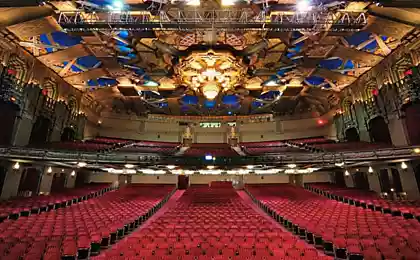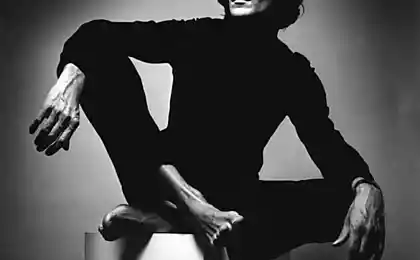1020
Pacific Theater fighting of World (44 photos)
On the morning of December 7 planes with Japanese carriers attacked the airfields on the island of Oahu and the ships at anchor in the harbor of Pearl Harbor. 4 battleships were sunk, 2 destroyers, one minelayer. More 4 battleships, 3 light cruisers and one destroyer suffered serious damage. American aircraft losses totaled 188 aircraft destroyed, another 159 were seriously damaged. The Americans lost 2,403 men killed (including more than 1,000 on board exploded battleship "Arizona") and 1178 wounded. The Japanese lost 29 planes - 15 dive bombers, torpedo planes 5 and 9 fighters. It was sunk 5 midget submarines. Losses amounted to 55 people. Another lieutenant - Sakamaki - was captured. He swam to shore after his midget submarine hit a reef.
4 years later ...
On the morning of August 6th, 1945 American B-29 bomber «Enola Gay» commanded by Colonel Paul Tibbets dropped on the Japanese city of Hiroshima atomic bomb «Little Boy» («The Kid"), the equivalent of 13 kilotons of TNT and 18. Three days after the atomic bomb «Fat Man» («Fat Man") was dropped on Nagasaki pilot Charles Sweeney. The total number of victims ranged from 90 to 166 thousand people in Hiroshima and 60 to 80 thousand people - in Nagasaki. 15 August 1945, 6 days after the atomic bombing of Nagasaki, Japan announced its surrender. The act of surrender that formally ended the Second World War, was signed September 2, 1945.

The bombing of Pearl Harbor by the Japanese.

Civilians killed eight miles from Pearl Harbor.

Japanese torpedo plane.

Fragments of US aircraft.

Downed Japanese twin-engine bomber, Solomon Islands.

August 1942, the offensive of US troops on Japanese position, Solomon Islands.
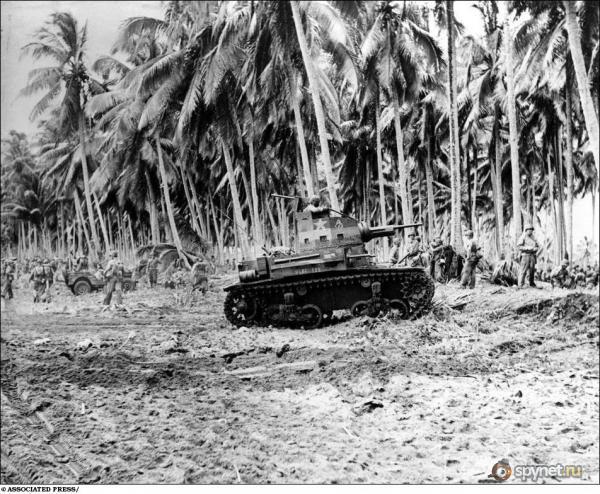
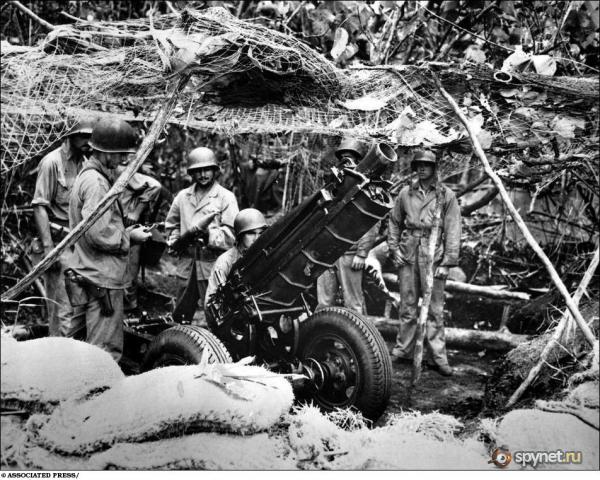

Gen. Douglas MacArthur SUV in the jungles of New Guinea.

Aerial reconnaissance over Alaska.
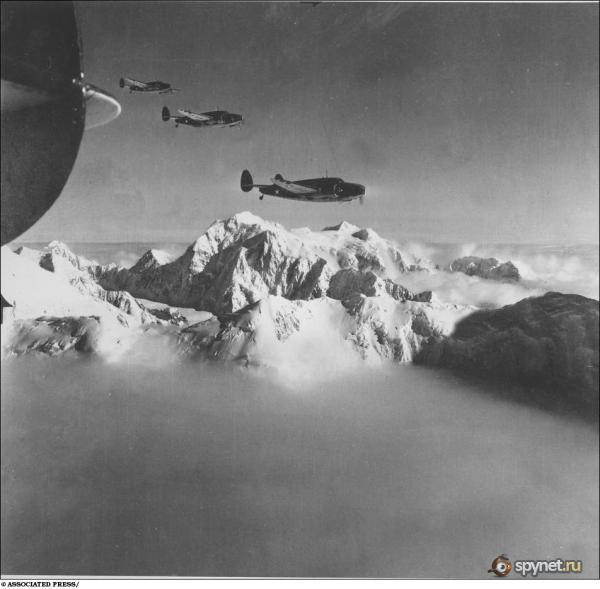
November, 1942. Solomon Islands.


US aircraft bombed Salaman, New Guinea


Guinean natives in every possible way to help the Americans.

Sergeant Greenwood in the cockpit of his plane. Shot down 19 Japanese airplanes.

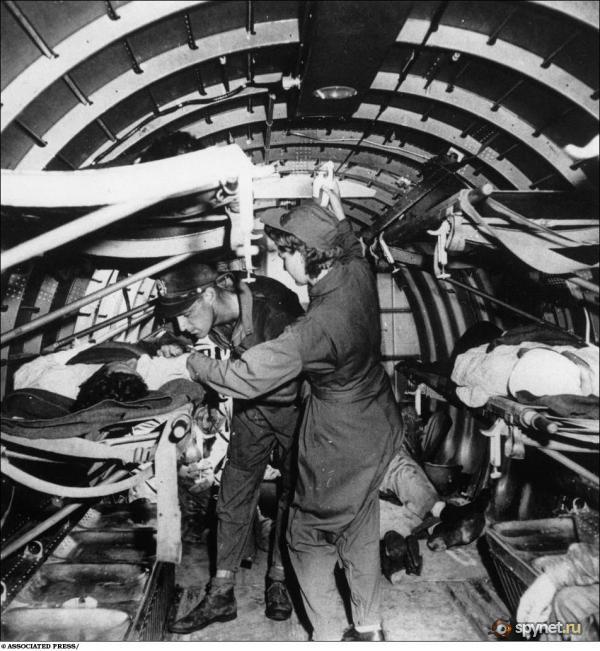

The Americans bombed the Japanese Navy in New Britain.

The bombing of Rangoon harbor and ships with ammunition.

Navajo Indians fought in the Solomon Islands.



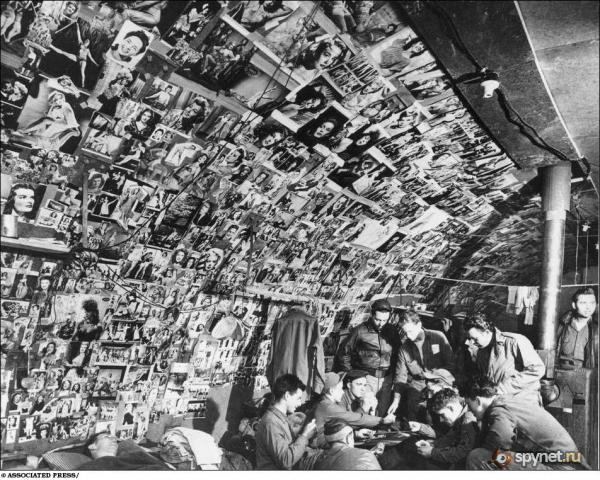

Falling Japanese aircraft.

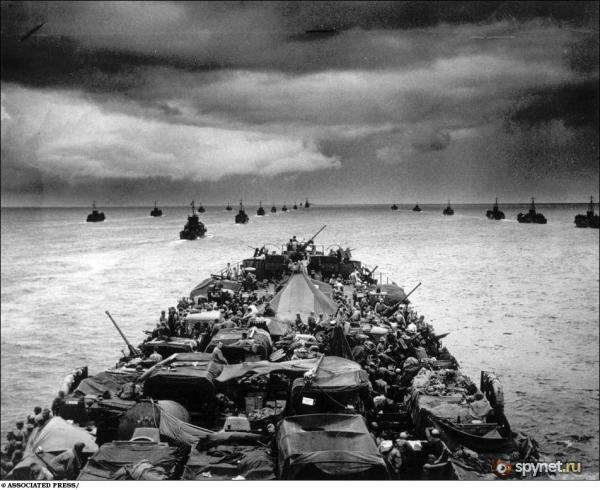

The attack on the harbor of Cebu, Philippines.
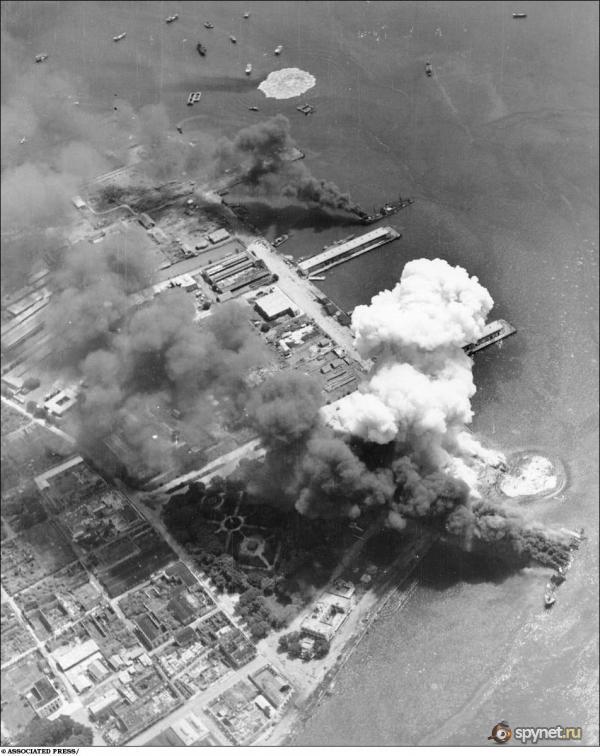

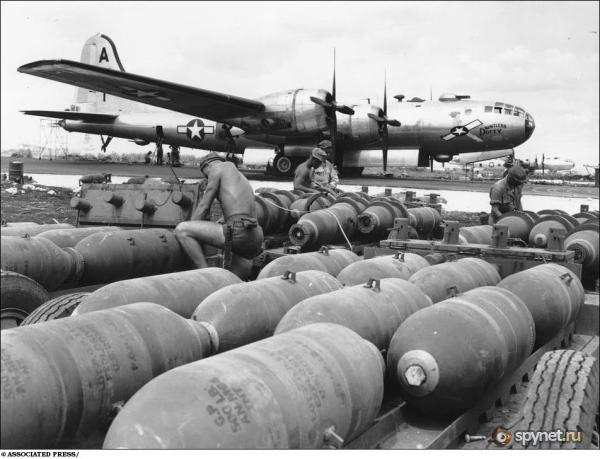
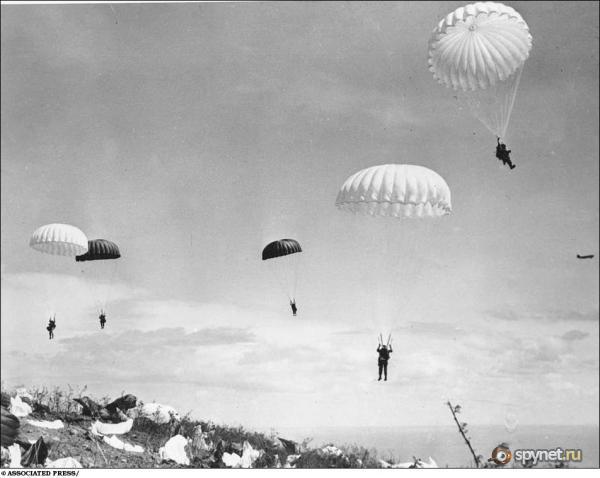
Preparing for the graves of those killed in the attack on the Japanese island of Iwo Jima.

Japanese soldiers lay dead 36 hours pretending with a grenade in his hand. After receiving a promise from him not to resist, the American gave him a cigarette.

B-29 landed at the airport Iwo Jima stricken during a raid on the Japanese islands.

Tracers in the sky over Okinavoy.Vzryv atomic bomb in Nagasaki, three days after a similar explosion in Hiroshima.

The explosion of the atomic bomb in Nagasaki, three days after a similar explosion in Hiroshima.

The effects of a nuclear explosion.

Lifeless Hiroshima.

Holiday in New York at Times Square after Japan's surrender.

Maritime and air hits.

September 2, 1945 on board the American flagship battleship "Missouri", who arrived in the waters of Tokyo Bay, Japan's Foreign Minister M.Sigemitsu and Chief of General Staff Gen. Y.Umedzu, US Army General D.Makartur Soviet Lieutenant General K.Derevyanko, Admiral B.Freyzer UK on behalf of their states signed the "Act of unconditional surrender of Japan».

Iwo Jima.

4 years later ...
On the morning of August 6th, 1945 American B-29 bomber «Enola Gay» commanded by Colonel Paul Tibbets dropped on the Japanese city of Hiroshima atomic bomb «Little Boy» («The Kid"), the equivalent of 13 kilotons of TNT and 18. Three days after the atomic bomb «Fat Man» («Fat Man") was dropped on Nagasaki pilot Charles Sweeney. The total number of victims ranged from 90 to 166 thousand people in Hiroshima and 60 to 80 thousand people - in Nagasaki. 15 August 1945, 6 days after the atomic bombing of Nagasaki, Japan announced its surrender. The act of surrender that formally ended the Second World War, was signed September 2, 1945.

The bombing of Pearl Harbor by the Japanese.

Civilians killed eight miles from Pearl Harbor.

Japanese torpedo plane.

Fragments of US aircraft.

Downed Japanese twin-engine bomber, Solomon Islands.

August 1942, the offensive of US troops on Japanese position, Solomon Islands.



Gen. Douglas MacArthur SUV in the jungles of New Guinea.

Aerial reconnaissance over Alaska.

November, 1942. Solomon Islands.


US aircraft bombed Salaman, New Guinea


Guinean natives in every possible way to help the Americans.

Sergeant Greenwood in the cockpit of his plane. Shot down 19 Japanese airplanes.



The Americans bombed the Japanese Navy in New Britain.

The bombing of Rangoon harbor and ships with ammunition.

Navajo Indians fought in the Solomon Islands.





Falling Japanese aircraft.



The attack on the harbor of Cebu, Philippines.




Preparing for the graves of those killed in the attack on the Japanese island of Iwo Jima.

Japanese soldiers lay dead 36 hours pretending with a grenade in his hand. After receiving a promise from him not to resist, the American gave him a cigarette.

B-29 landed at the airport Iwo Jima stricken during a raid on the Japanese islands.

Tracers in the sky over Okinavoy.Vzryv atomic bomb in Nagasaki, three days after a similar explosion in Hiroshima.

The explosion of the atomic bomb in Nagasaki, three days after a similar explosion in Hiroshima.

The effects of a nuclear explosion.

Lifeless Hiroshima.

Holiday in New York at Times Square after Japan's surrender.

Maritime and air hits.

September 2, 1945 on board the American flagship battleship "Missouri", who arrived in the waters of Tokyo Bay, Japan's Foreign Minister M.Sigemitsu and Chief of General Staff Gen. Y.Umedzu, US Army General D.Makartur Soviet Lieutenant General K.Derevyanko, Admiral B.Freyzer UK on behalf of their states signed the "Act of unconditional surrender of Japan».

Iwo Jima.







